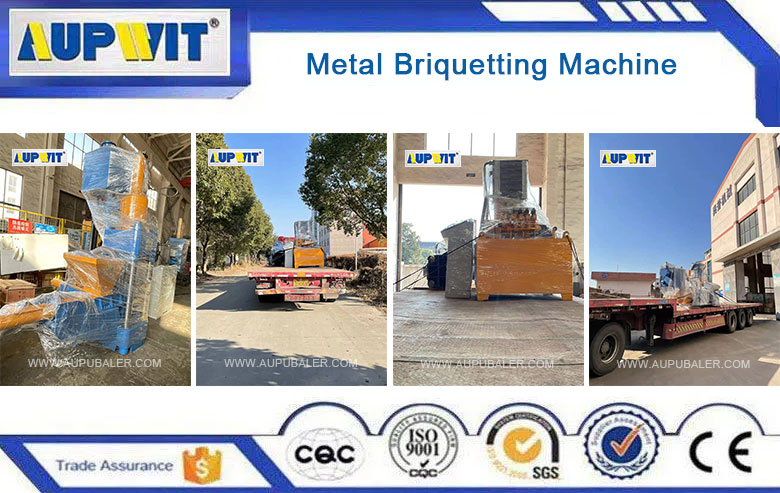The calorific value (heat energy content) of fuel briquettes depends primarily on the raw material used and the briquetting process. Here’s a detailed analysis:
1. Calorific Value by Material
-
Wood Sawdust Briquettes: 4,200–5,000 kcal/kg (similar to firewood but burns more efficiently).
-
Agricultural Waste (rice husk, straw, bagasse): 3,500–4,500 kcal/kg (lower than wood due to higher ash content).
-
Charcoal Briquettes: 7,000–8,000 kcal/kg (high energy density, ideal for grilling/industrial use).
-
Peat & Biomass Mixes: 3,800–4,800 kcal/kg (varies with composition).
-
Paper/Waste-Derived Briquettes: 3,000–4,000 kcal/kg (lower heat but good for co-firing).
2. Factors Affecting Calorific Value
-
Moisture Content: Wet (>12%) feedstock reduces heat output.
-
Ash Content: High-ash materials (e.g., rice husk) lower usable energy.
-
Compression Density: Harder briquettes (hydraulic press) burn longer but may need higher ignition temps.
-
Binders: Additives like starch or molasses slightly reduce energy value.
3. Comparison with Traditional Fuels
-
Coal: 5,500–7,500 kcal/kg (higher but polluting).
-
Firewood: 3,500–4,500 kcal/kg (similar to briquettes but less efficient).
-
Pellets: 4,200–5,200 kcal/kg (comparable to wood briquettes).
4. How to Maximize Heat Output?
-
Use dry, low-ash feedstock (e.g., hardwood sawdust).
-
Opt for high-pressure briquetting (screw/hydraulic presses) for denser briquettes.
-
Avoid excessive binders (natural lignin binding is ideal).








